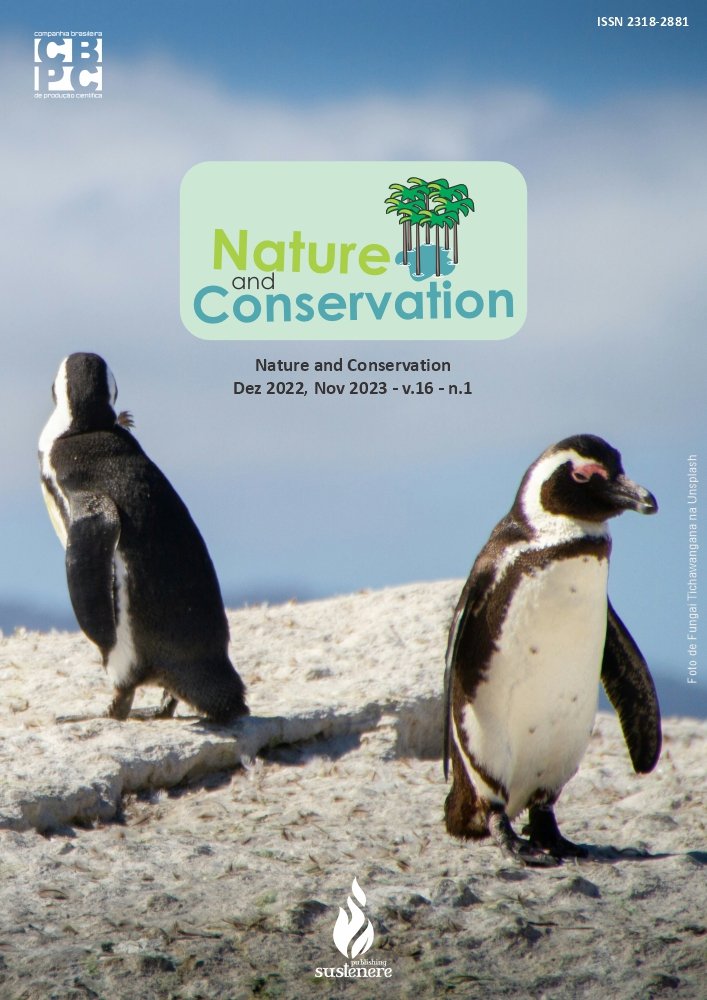Application of matrix methodology in the evaluation of environmental impacts of a thermoelectric power plant
DOI:
https://doi.org/10.6008/CBPC2179-6858.2022.005.0012Keywords:
Environmental impacts, Thermoelectrical power plant, Matricial methodologyAbstract
The immediate need for energy matrixes in Brazil was accentuated mainly after the episodes of energy rationing in the 1990s. A marked lack of infrastructure in the hydroelectric sector indicated that a faster solution for the diversification of the national energy matrix would be the construction of thermoelectric plants. So, from the decade mentioned above, the national political component induced the increase in the number of thermoelectric plants in Brazil. The implementation of this energy system brings several impacts to society and especially to the environment and can admit fundamental factors to measure and compare its effects on the environment, all tied to the context of continuity of space and time in the analysis of its occurrences. In this study, we evaluate the environmental impacts of a Gas Thermoelectric Plant (GTP) called Termorio, located in the municipality of Duque de Caxias, state of Rio de Janeiro (RJ). For this, we used the matrix methodology. The negative impacts resulting from the operation of the GTP are related to atmospheric and liquid emissions and will be of low intensity. This is due to both the appropriate location and its conception. Positive impacts were detected from the socio-economic perspective: increased electric energy supply and reliability, job generation, and tax collection increase
Downloads
Downloads
Published
Issue
Section
License
Copyright (c) 2022 Ibero-American Journal of Environmental Sciences

This work is licensed under a Creative Commons Attribution-NonCommercial-NoDerivatives 4.0 International License.
The CBPC - Companhia Brasileira de Produção Científica (Brazil CNPJ: 11.221.422/0001-03) the material rights of the published works. The rights relate to the publication of the work anywhere in the world, including rights to renewals, expansions and dissemination of the contribution, as well as other subsidiary rights. All electronically published works may subsequently be published in printed collections under the coordination of this company and / or its partners. The authors preserve the copyright, but are not allowed to publish the contribution in another medium, printed or digital, in Portuguese or in translation.









